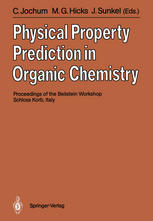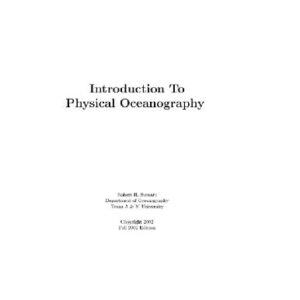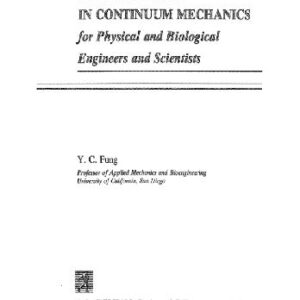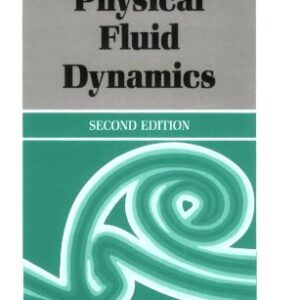For more than 100 years the Beilstein Handbook has been publishing checked and evaluated data on organic compounds. It has become the major reference book for the chemical and physical properties of organic com? pounds. The prediction of these physical properties was the subject of the Beilstein workshop. The ability to predict physical properties is for several reasons of great interest to the Beilstein Institute. It is of primary importance to be able to check the abstracted data for accuracy and to eliminate simple mistakes like typing errors. Presently all the work whether manuscript writing or evaluation of data is carried out manually. This is very time consuming, with the entry of Beilstein into electronic data gathering and publication, the opportunity for computerized consistency checking has become available. Contrary to belief, when one examines the Beilstein Handbook or Chemical Abstracts there is a dearth of chemical information. There are a great many compounds but few are well defined resulting in large gaps in the information available to the chemist. These information gaps could be filled by using algorithmic methods to estimate the properties of interest. An important question to answer is “What is the chemist’s reaction to estimated data?” Will he accept it for use, within limits defined by the method, or will it be unacceptable and therefore detrimental for the data base. However if one could partly fill gaps in the data base the increase in the power of the search techniques would be marked.
Physical
{pdf} Physical Property Prediction in Organic Chemistry: Proceedings of the Beilstein Workshop, 16?20th May, 1988, Schloss Korb, Italy Jan Michael Czermak (auth.), Dr. Clemens Jochum, Dr. Martin G. Hicks, Dr. Josef Sunkel (eds.)
$19.99






Reviews
There are no reviews yet.